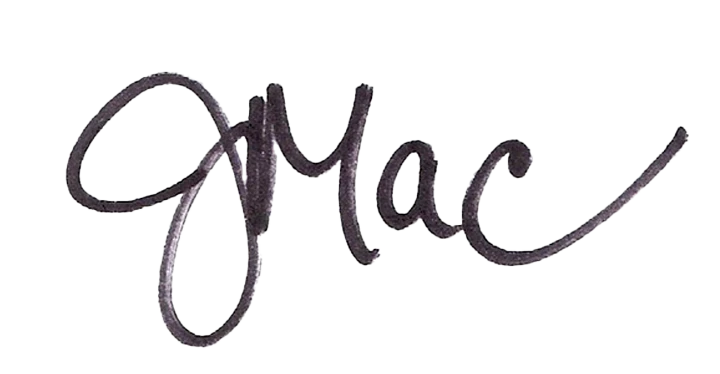Pardon my candor. What I’m about to say may feel like a 1-2 punch, especially for those of you working so hard on cultural initiatives. Nevertheless …
Culture initiatives and culture are not one and the same.
Initiatives are important. Originating from the word ‘initiate,’ it implies that we are proactively causing change. This is a good thing. An initiative typically has a sole focus with one main objective. Examples would be DE&I, hiring and onboarding and skills training.
Culture, however, is a byproduct of the beliefs, behaviors and attitudes of a company’s leadership. Culture is pervasive. It isn’t an initiative or a project. It is a way of being.
The concept of The Great Resignation was born from the data showing us how nomadic our overall workforce has become. Recently a Goldman Sachs survey revealed that 90% of businesses that are hiring are finding it difficult to recruit qualified candidates for open positions. Not surprising, right?
So how do we stop the revolving door of employees? We know culture matters.
Here comes the second punch: if you want to truly transform your culture in this trying time in history, initiatives won’t be the means to that end.
Your culture won’t change until YOU change.
I like to think of a company’s workforce as one big organism. Leadership represents the conscience, the part of the brain that determines right and wrong and is the power source propelling direction for the organism’s functions.
The leaders’ skills and savvy are crucial. Soft skills aren’t soft. They are the backbone of the organism, or in this case, your organization. Culture is the pulse. It can quickly tell us the health of the organism.
For a company or organization to thrive, it needs a good conscience (leadership), sturdy backbone (soft skills) and a healthy heartbeat (culture).
Over the last 20 years as a change consultant, I have often been hired to help resolve conflict and overcome crises, which can be likened to cultural traumas. A trauma is an experience that causes excessive duress.
Like all good interventions, an assessment determines the root cause of the issues. A quality assessment must take these three areas into account: leadership, soft skills and the culture the first two inadvertently created.
Pulse check. As you reflect on your corporate culture, ask yourself:
Is it so fast paced that it can’t sustain itself and is headed for an inevitable crash? Is it so slow that it’s underperforming? Is it moderately healthy, but needs to upgrade its regimen to optimize its performance over time? Or does it skip a beat, which makes it vulnerable to unexpected crises?
My questions could go on, but the point really is that culture is often an unintended consequence of unconscious beliefs and behaviors.
Initiatives help us to bring more intentional awareness to the table, which is why they are important. Still, until leaders make a clear effort to bring old, worn out beliefs up to the surface, dust them off and refine them to shine, those initiatives will slowly burn out and dissipate into the ethers – and that becomes an easy target for judgment.
Thus, we have today’s fluid workforce – always seeking something more meaningful when they see damaging beliefs and behaviors go unchecked and important initiatives unrealized.
Are these wayfaring employees going to say this in an exit interview? Nope. Only a few courageous souls who really do want to wake up the leadership to its blind spots will speak openly about this.
This explains why most leaders never feel compelled to change on the deeper levels of their minds, those areas that evoke unconscious behavior patterns that disrupt the culture. After all, they achieved their positions of influence because of their success, making it easy to justify the need to keep doing what they do.
Let’s not confuse business savvy with leadership savvy. That is a dangerous misplaced association in today’s world of work.
Unconscious is the key word here. That’s why we call them blind spots. It is a rare individual who can successfully make these types of changes on their own, which is why people like me exist. When I started doing this work two decades ago, it was a relatively foreign concept. Today, there are many of us out there who stand ready to help you be your absolute best.
It takes unparalleled strength for a leader to commit to the depth of leadership development required to garner a loyal workforce in today’s market.
I believe you can absolutely do this. You are already a pro at understanding the value of ROI. Consider the return you seek from your workforce and then, instead of blaming rotating employees for your troubles, commit to the investment it requires.
Here’s to your renewed commitment to great health –
Cheers!



